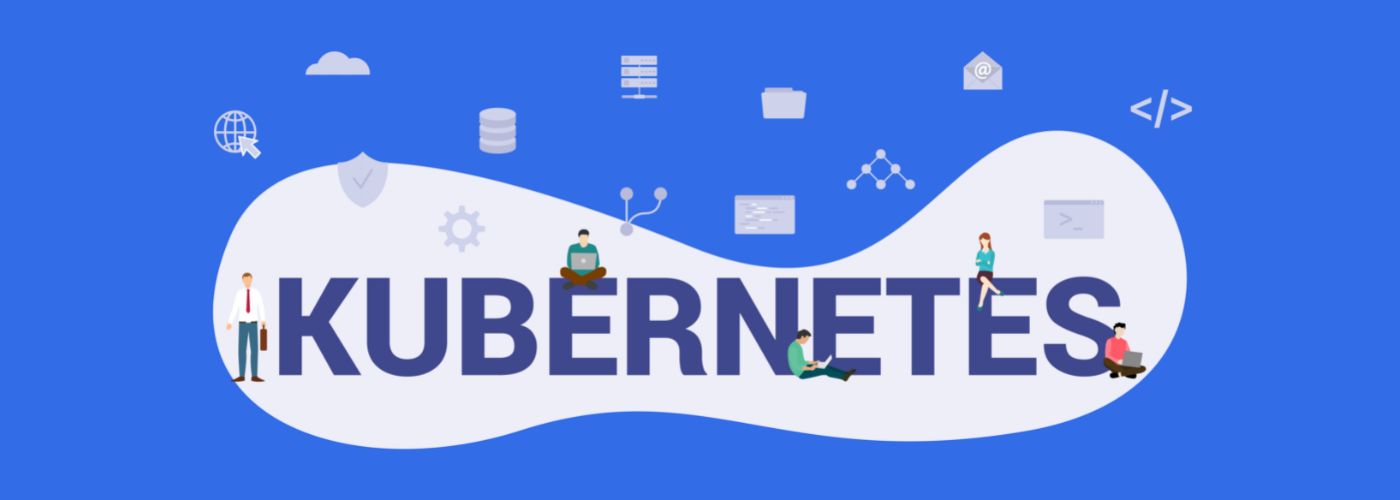Kubernetes is an open-source system for automating the deployment, scaling, and management of containerized applications. It groups containers that make up an application into logical units for easy management and discovery. Kubernetes is an excellent choice for many developers looking to increase their performance and scalability. We’ll be breaking down our intro to Kubernetes.
What Is Kubernetes Used For

Kubernetes is a container orchestration system that automates the deployment, scaling, and management of containerized applications. Google originally designed it, and is now maintained by the Cloud Native Computing Foundation.
Kubernetes is used for deploying and managing containerized applications. It allows developers to package their applications into containers, which can then be deployed on a Kubernetes cluster. Kubernetes will manage the lifecycle of these containers, ensuring that they are always running and up-to-date.
Kubernetes is also used for scaling applications. By adding more nodes to a Kubernetes cluster, an application can be scaled horizontally to handle more traffic. This is much simpler than manually provisioning and configuring additional servers.
The open-source development behind Kubernetes allows anyone to add, subtract or make changes to their network or server. With a strong connection to the internet, you need to use Kubernetes.
What Is A Kubernetes Pod

A pod is a group of one or more containers with shared storage/network and a specification for how to run the containers. A pod’s containers can be co-located on the same host, or they can be spread across multiple hosts.
Kubernetes pods are the smallest deployable units in the Kubernetes object model. A pod represents a set of running containers on your cluster. Pods contain one or more containers, such as Docker containers. Kubernetes launch pods when you create deployments or replica sets.
What Is Sidecar In Kubernetes

Kubernetes is a powerful container orchestration tool, and sidecar is one of its most useful features. Sidecar enables users to deploy multiple containers together as a single logical unit. This can be extremely helpful for ensuring that all of the containers in a deployment are properly configured and interconnected.
One of the most common use cases for Sidecar is deploying a database and web application together. In this scenario, the database can be used as a shared data store between the two containers. This approach can simplify development and reduce operational complexity.
Another common use case for sidecar is deploying an application with multiple components. For example, an application may need to connect to multiple databases or services. By using Sidecar, all of the necessary components can be deployed together and configured to work correctly.
One benefit of Kubernetes is that it allows developers to create applications using dedicated cloud hosting or public cloud hosting services.
Do I Need Kubernetes
When it comes to container orchestration, there are a few different options to choose from. Two of the most popular choices are Kubernetes and Docker Swarm. But which one is right for your project?
Let’s take a look at what Kubernetes and Docker Swarm are, their key differences, and when you should use each one.
Kubernetes is an open-source container orchestration system originally developed by Google. It’s designed to manage large-scale deployments of containers across multiple hosts. Kubernetes is also one of the most popular orchestration systems available – companies like Netflix, Spotify, and The New York Times use it. This software always works extremely well with cloud gaming servers.
Docker Swarm is a native clustering solution for Docker that turns a pool of Docker hosts into a single virtual host. Docker Swarm is a tool that allows users to create and manage a cluster of Docker nodes. By using a swarm, users can ensure that their applications are always running and available, even if one or more of the nodes in the cluster fails. Swarm also makes it easy to scale an application by adding or removing nodes from the cluster as needed.
Both Docker and Kubernetes are open-source projects, so they’re both free to use. However, to launch, manage and make changes to them requires money.
Overall, the two are great open-source projects that can manage any application your business might need.


More to Read
What Are Managed Cloud Services? (And Why Some Businesses Choose Self-Managed Cloud Instead)
Cloud computing has revolutionized how businesses deploy, manage, and scale their digital infrastructure.
Apr
How to Choose the Right Cloud Storage Solution: A Comparison of Features, Costs, and Security
The sheer volume of data businesses handle today is enormous. Globally, approximately 402.74 million
Apr
Sharktech Announces New Web Hosting and Cloud Industry Alliance
Sharktech and 22 Other Companies Launch Secure Hosting Alliance to Build Trusted Web Hosting Industry
Feb
Think the Cheapest Dedicated Server is A Good Idea? What You Need to Know
Should you hunt for the cheapest dedicated server? Finding the most affordable option
Oct
Discover How These 8 Cloud Monitoring Tools Can Help You Drive Better Business Performance
When it comes to managing your cloud environment, cloud monitoring tools are essential
Oct
Pick the Best Cloud Management Platform with These 5 Pro Tips
Managing cloud infrastructure can become overwhelming, especially as businesses scale and adopt more
Oct